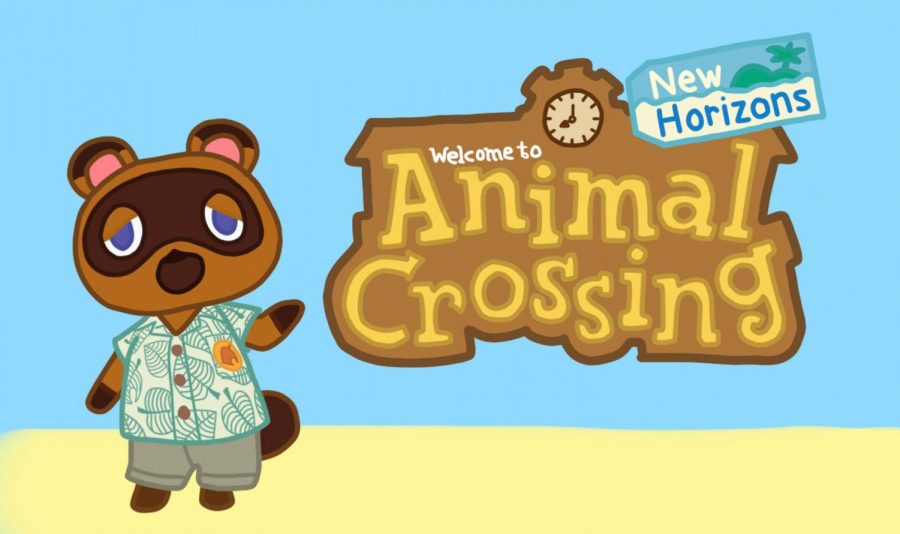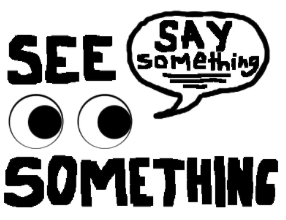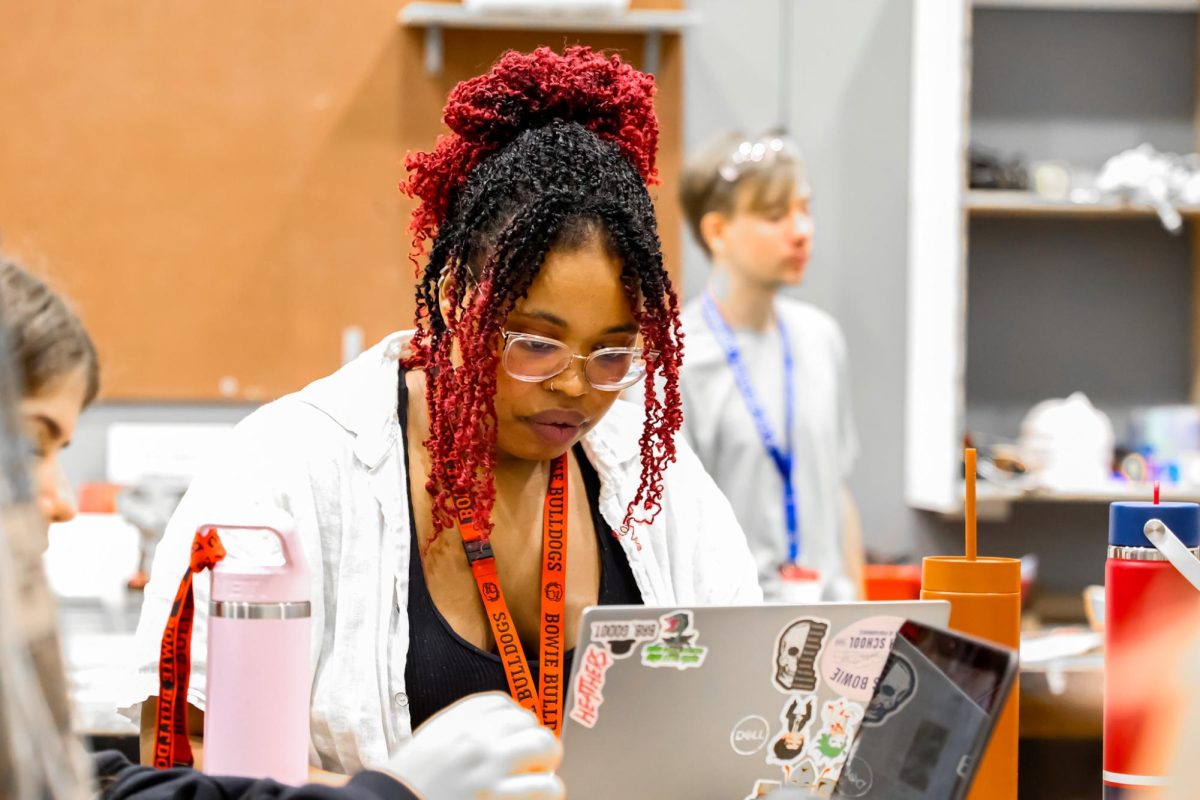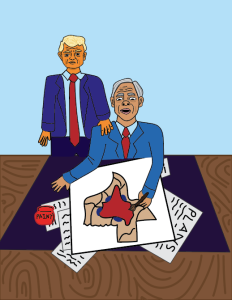Animal Crossing: New Horizons brings back nostalgia with a fresh look
After almost eight years since the last major release, the beloved video game series Animal Crossing has just released its newest major addition to the franchise on March 20: Animal Crossing: New Horizons.
April 15, 2020
After almost eight years since the last major release, the beloved video game series Animal Crossing has just released its newest major addition to the franchise on March 20: Animal Crossing: New Horizons. Considering the nostalgia associated with these games, hardcore fans and casusal players alike were extremely excited to see what sort of new mechanics and features Nintendo was going to add. After religiously playing this game the past few weeks, I can say there is a substantial amount of new stuff this title has to offer the series.
One major unique quality of New Horizons, in comparison to all the preceding titles of the series, is the location of the game. While other Animal Crossing games feature a regular village, in this game the player gets to develop and customize their own deserted tropical island by gathering resources and interacting with characters. I think this was a really great change, because it gives the game a fresher look rather than just recycling the same concept over and over again. However, that is definitely not where the new features end.
The graphics still have their classic charm, but the design is way cleaner and cuter now, which really adds to the slow-life atmosphere of the game. In addition, there are more fish, bugs and fossils to collect and display in a huge museum that the player can explore. For me, building my collection is a great incentive to play the game at different times of day, and different times of the year too (considering the fact that some specimens are only available during certain hours and months). Try to include a sentence that explains that at different times of the day/year there are new animals to collect.
As for the in-game mechanics and features, there are a bunch of things that have been expanded upon or revised. Outdoor furniture is also an option now given to players, which really expands the range of creativity and customization. Additionally, all furniture can now be moved half-units, making customization of one’s space way more attainable. The “NookPhone” has also been added, which is a smartphone players can use to take pictures, look at their map, collect an in-game currency called “Nook Miles,” and log all of their DIY (do it yourself) recipes.
In fact, the DIY recipes are probably one of my favorite additions to this series. DIY recipes can be found all over your island, and can be used to craft your own furniture and items, instead of having to buy them or recieve them randomly from your villagers (which was the case in earlier games). Getting to pick what sorts of furniture you want, and in what quantity, really allowed me to decorate my home in the exact way I want, instead of leaving my furniture up to chance.
As a whole, the whole concept of creating a town and customizing it seems simple, but the way it is executed in the Animal Crossing series is truly one of a kind. As the player, you act as a resident in your own town, so while you can develop and build your village, you can also interact with your villagers and build relationships with the inhabitants on your island. I found myself getting transfixed for hours trying to catch a new fish, build a fruit orchard, design my house, talk to my villagers, and do anything to forward progress in the game. I became attached to my village, and in that sense I feel Nintendo truly achieved immersion in this title. But, In spite of all of its positive aspects, the game does lack sharing compatibility.
Nintendo only allows one island to be created per console (or per game cartridge if you buy a hardcopy of the game), meaning that the first person to play the game gets to become “island representative” (which essentially means they gain control of the whole island). Therefore, any following users who try to play on the same console/game cartridge are extremely limited in their abilities. They cannot progress the story, make decisions, or have much say in what goes on the island. This makes sharing this game with others almost impossible, and instead any following players are forced to buy another copy of the game to play.
The lack of an efficient sharing process is not much of a problem for me, considering the fact that no one else in my family is that interested in video games, but I see how this would be a frustrating issue. Having to spend $120 (which is the price of two copies of New Horizons) just so two family members can both enjoy this game on the same console is quite unfair. I think Nintendo should be more lenient in this regard, and allow more than one island to be created per game copy.
Regardless of this issue, my own experience with Animal Crossing: New Horizons was a great one. This game is perfect for anyone. Whether the player is an experienced gamer or a novice, young or old, I think this title has something for everyone, which Nintendo always seems to do a good job at achieving. Overall, this game is fantastic, and I highly recommend it.









